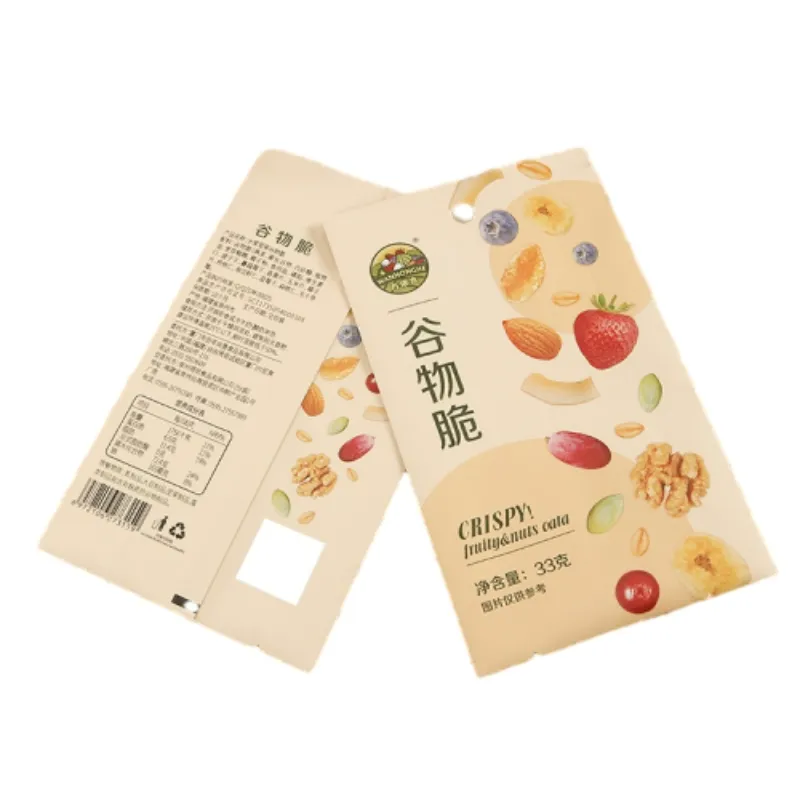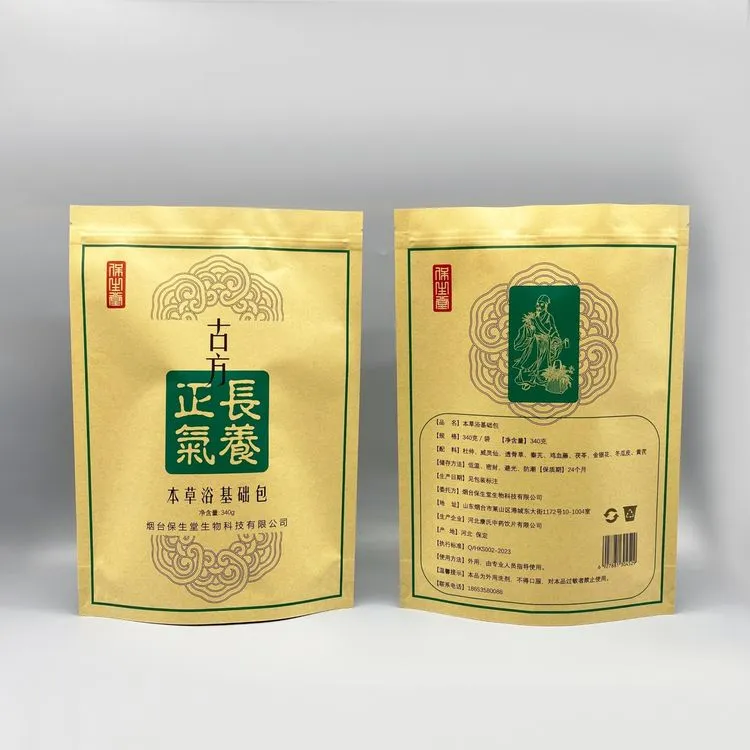Sterilizable packaging has emerged as a pivotal innovation in the field of product safety, particularly for industries such as pharmaceuticals, food, and medical devices. This type of packaging offers numerous advantages that are critical for both manufacturers and consumers, driven by the pressing need to uphold stringent safety and hygiene standards.

In the pharmaceutical and medical device sectors, the paramount concern is maintaining the sterility of products until they reach the end user. Sterilizable packaging is crafted to withstand various sterilization processes, including autoclaving, ethylene oxide (EtO), and gamma irradiation. These rigorous processes demand packaging materials that not only maintain their integrity but also safeguard the contained product's efficacy. Materials like Tyvek, medical-grade paper, and heat-sealable pouches have become the gold standard for manufacturers seeking to ensure the sterility and safety of their products.
Safety is equally significant in the food industry where sterilizable packaging plays an essential role in extending shelf life and reducing the risk of contamination. For example, aseptic packaging combines sterilized packaging and sterilized contents to create a product that remains unspoiled without refrigeration. This presents a distinct advantage for global food distribution networks, ensuring that products remain fresh from producer to consumer, while reducing dependency on preservatives. Packaging solutions designed for high-temperature sterilization processes, such as retort packaging, provide durability that's essential for canned foods and ready-to-eat meals.

Real-world applications underscore the effectiveness of sterilizable packaging. In the medical field, pre-sterilized surgical equipment packaged in sterilizable pouches protects patients by significantly minimizing infection risks. Similarly, in the food industry, sterilized milk packaging demonstrates the potential to maintain product quality over extended periods while reaching remote markets. These examples are a testament to the transformative impact of sterilizable packaging across various sectors.
sterilizable packaging
Expertise in selecting appropriate sterilizable packaging involves understanding the material properties and compatibility with the sterilization method to be applied.
Professionals in the field recognize that the integrity of the packaging post-sterilization is crucial. For instance, materials must resist potential deformities or material degradation during the sterilization process. This calls for stringent testing and validation in line with regulatory standards, such as ISO 11607, to ensure that the packaging maintains its protective barrier.
Authoritativeness in this domain is underscored by ongoing innovations and research by leading industry players and regulatory bodies. Established organizations and research institutions are continually exploring new materials and technologies to enhance packaging performance. The development of bio-based polymers and advanced composites is paving the way for more sustainable yet effective sterilizable solutions. These initiatives demonstrate the industry's commitment to combining environmental sustainability with safety and efficacy.
For stakeholders, trustworthiness in sterilizable packaging is solidified through certifications and compliance with global regulatory standards. Reliable manufacturers offer transparency in their processes, sourcing materials that meet ethical standards and ensuring traceability throughout the supply chain. This transparency not only fosters consumer confidence but also aligns with the increasing demand for sustainable practices.
In conclusion, sterilizable packaging stands as a cornerstone of product safety, serving as an essential component in safeguarding public health across various sectors. Its evolution reflects a commitment to innovation, quality, and sustainability, driven by the collective endeavor of experts dedicated to addressing the challenges posed by modern logistics and global distribution. As the landscape of consumer needs continues to evolve, sterilizable packaging will remain an indispensable tool in delivering products that meet the highest safety and hygiene standards.